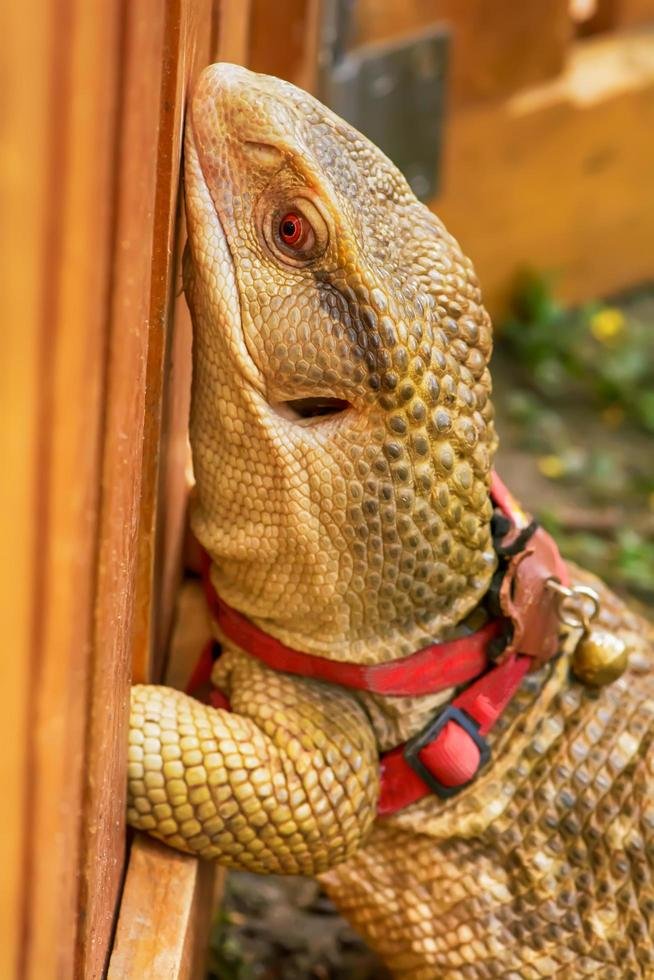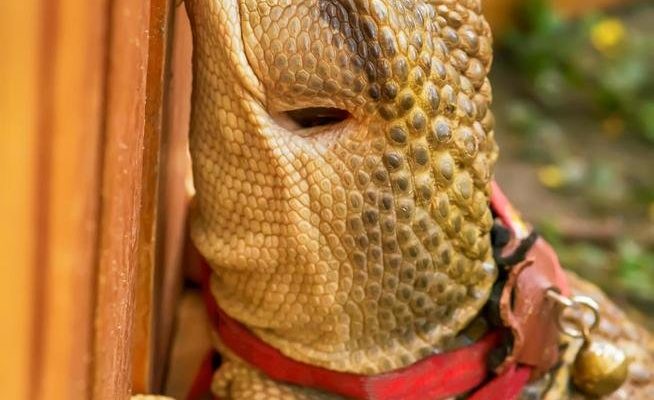
Imagine a monitor lizard lounging on a rock under a warm sun, its shiny scales glinting in the light. Now picture this same lizard struggling to find food or a safe place to live. That contrast highlights the challenges these animals are grappling with. In this article, we’ll take a closer look at monitor lizards, their status in the wild, and what’s being done to protect them.
The Status of Monitor Lizards
Monitor lizards are not just one species; there are around 80 distinct types, each with its own quirks and habitats. Some well-known species include the Komodo dragon, the Asian water monitor, and the savannah monitor. Each of these lizards has its own conservation status, which varies significantly. For instance, the Komodo dragon is listed as “Vulnerable,” while others, like the Philippine monitor, are deemed “Endangered.”
The main factors pushing these lizards toward the brink are habitat loss, illegal wildlife trade, and climate change. As forests are cleared for agriculture or urban development, monitor lizards lose their homes. Plus, some lizards are poached for their skins or kept as exotic pets, further depleting their populations. These threats are like a perfect storm, putting these wonderful creatures in jeopardy.
Understanding Habitat Loss
One of the biggest challenges monitor lizards face is habitat loss. Imagine you live in a cozy house, and suddenly, it’s being torn down. It’s a lot like that for these lizards. Their natural habitats—forests, wetlands, and savannahs—are going away at an alarming rate. This isn’t just a matter of space; monitor lizards rely on specific environments to find food and mates.
As agriculture expands and cities grow, monitor lizards are squeezed into smaller areas. This confinement can lead to increased competition for resources and decreased genetic diversity, which is essential for any species’ survival. The fewer lizards there are, the more difficult it becomes for them to find mates and continue their lineage.
The Illegal Wildlife Trade
The illegal wildlife trade is a heartbreaking reality for many animals, and monitor lizards are no exception. Some people catch these reptiles for their skins, which are used to make luxury products like handbags and shoes. Others capture them to sell as pets, despite the challenges of keeping these lizards in captivity.
The demand for monitor lizards, especially the more exotic species, is high, but the supply is dwindling. It’s puzzling to think that someone might want to keep a monitor lizard as a pet. These lizards grow large and require special care that most people aren’t prepared for. Unfortunately, when they don’t thrive in captivity, many end up abandoned or euthanized.
Climate Change and Its Effects
Climate change adds another layer of complexity to the plight of monitor lizards. Rising temperatures and erratic weather patterns can seriously disrupt their habitats. For instance, many monitor lizards rely on specific temperature ranges for hunting or breeding.
With changing climates, their food sources can dwindle, and the delicate balance of their ecosystems is threatened. Imagine if a food truck you depend on suddenly vanishes—how would you cope? It’s much the same for monitor lizards when their prey becomes scarce due to environmental shifts.
Conservation Efforts Around the Globe
Luckily, people are stepping up to protect monitor lizards. Many conservation organizations and governments are working to establish protected areas where these creatures can thrive without the interference of human development. For example, in Indonesia, efforts to protect the habitat of Komodo dragons have been underway for years, and they have made a significant impact.
Education is another crucial element in conservation. By raising awareness about the importance of monitor lizards and the threats they face, people can make more informed choices. Many organizations focus on teaching communities about sustainable practices, helping them see the value of preserving these animals for future generations.
How You Can Help
You might be wondering how you can make a difference for monitor lizards, and it’s easier than you think! Here are a few simple steps you can take:
- Educate Yourself: Learn more about monitor lizards and their habitats. Sharing this knowledge can spark conversations.
- Avoid Exotic Pets: Resist the urge to buy monitor lizards or other exotic animals as pets. Consider adopting from shelters instead.
- Support Conservation Organizations: Donating to organizations dedicated to wildlife conservation can help protect monitor lizards and other threatened species.
Each small action can lead to significant changes in the long run.
Final Thoughts
Is the monitor lizard endangered? The answer is yes, in many cases. These amazing reptiles face a variety of challenges, from habitat loss and illegal trade to climate change. But we can all play a part in their conservation. By staying informed, making conscious choices, and spreading awareness, we can help ensure that monitor lizards continue to roam the earth for generations to come. Remember, every little bit counts, and together, we can make a big difference in the lives of these remarkable creatures.

